
Listen to this post
Herdedwords.com uses affiliate links. This means we receive a commission on the sale of certain items. This is at NO additional cost to you. Visit the policies page to learn more.
You’ve hooked your reader. Congratulations. Now it’s time to get things set up for your story. This is where exposition comes in.
Table of Contents
What is Exposition in Plot?
The exposition period of a plot is the time when necessary background and information about the conflict is introduced.
Exposition needs to feel seamless. It needs to provide enough information so the reader is comfortable in the story world but in a way that doesn’t feel as if they’re being told. It’s a tall order.
How to Nail Exposition
Exposition is hard. Not because it’s difficult to write but because it’s difficult not to overwrite.
Writers (especially new ones) have a tendency to overexplain. They provide significantly more information than the reader needs. This, in turn, bores the reader.
Nail your exposition with the following 5 tips.
#1 – Make it Relevant
Whatever exposition you’re providing, make sure it’s relevant to the story to come.
If you hesitate or need more than a sentence or two to explain the relevance – it’s not.
#2 – Provide Only What’s Necessary
Does your reader need to know this right now? There are two important pieces of this sentence – need and right now.
Need is a necessity. Without the information, the reader will be unable to figure things out. If the reader will understand without this information, ti’s not necessary.
Right now is now. If the information is necessary, can it wait? If it can, it should.
#3 – Part of the Scene
Good exposition should feel like it’s a part of the scene, not an addition to it.
This is a type of relevance – the exposition needs to be relevant not just to the story to come (per #1), but also to the scene it’s being shared in.
Remember – you’re writing the story. You can create any scene you need. There’s no reason to force exposition into a scene where it doesn’t fit.
#4 – Realistic
Stories need to be realistic. This applies to all genres.
Realistic doesn’t mean like real life – it means, how it would actually happen in the story world.
Here’s an example of realism if your story is based on the real world.
Think about the last time you brought a friend with you to meet a group of people you already know, but they don’t. How did you introduce them? You probably only gave their names. In certain groups, you may give some context to how you know each other or why they’re there. But for the most part, names.
Keep this in mind when introducing characters to groups of people. Keep it realistic – names, maybe brief physical descriptions (since your reader can’t see).
It’s not realistic to walk your character into a room of 5 people and introduce them, physically describe them, talk about their careers/family, and tell a story about their past that may be relevant to the plot later.
#5 – Explicit and Inferred
Not all exposition needs to be explicit. Your reader probably isn’t a complete idiot – they’ll be able to pick up on subtle (inferred) information.

When to Provide Exposition
You can provide a little exposition throughout the entire book. But, there’s a (small) period of your plot that’s considered the Exposition period.

Almost all of your exposition is going to occur during this period. From the first word until the inciting incident, the focus will be exposition.
Why? To bring your reader into the story world and get them invested in it.
How long? It should probably be less than 15% of your novel.
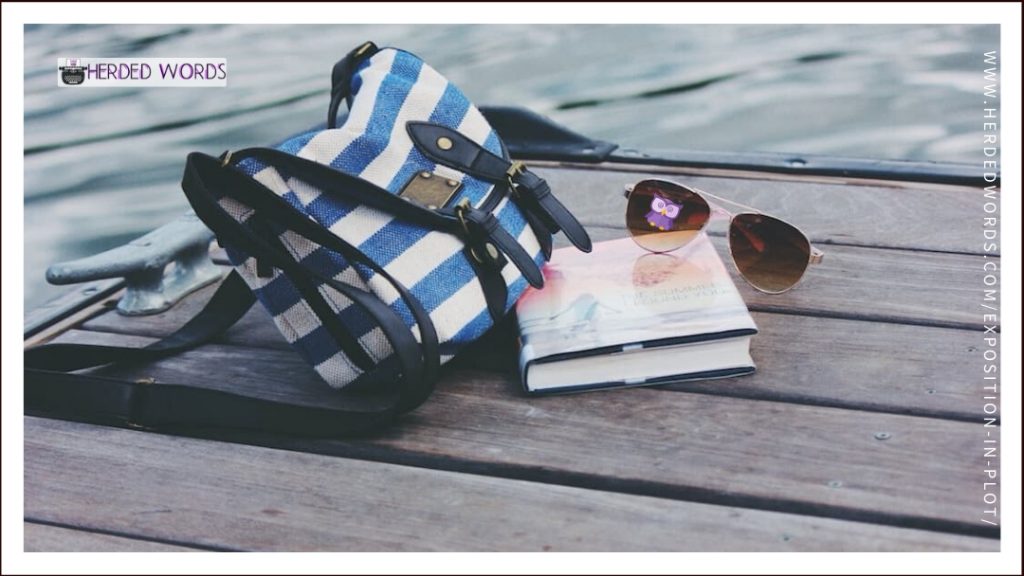
Exposition Examples from Bestselling & Award-Winning Fiction
Check out how these award-winning and bestselling novels handle the exposition period.
THE WRONG SIDE OF GOODBYE
THE WRONG SIDE OF GOODBYE, published in 2016, is a mystery, thriller, & suspense novel by Michael Connelly. It’s book 19 in the Harry Bosch series.
THE WRONG SIDE OF GOODBYE spent 2 weeks at #1 on the NYT Bestseller List. Between 2009 and 2018, Michael Connelly spent a total of 12 weeks at #1 on the NYT Bestseller list.
EXPOSITION
This book is part of a long-running series. Most of the exposition is devoted to setting up the plot. There’s some exposition of new characters, but very little for existing characters.
Analyze:
For the end of chapter two and all of chapter three, Bosch meets Whitney Vance. He’s offered a job which is the exposition used to give backstory and set up the plot. It’s just under 4,000 words.
#1 – Relevant
The plotline revolves around finding a child (who may or may not exist). The backstory provided is relevant.
#2 – Necessary
Most of it. Some of it could have waited until a later time, but it’s such a short amount to be inconsequential.
#3 – Part of Scene
This is the scene. The scene was written to provide this information in a way that would feel less expository.
#4 – Realistic
Yes. If you’re hiring a private investigator to find someone for you, you would provide them some information.
#5 – Explicit / Inferred
It’s almost exclusively explicit. There are a lot of statements that make sure the reader understands things, like
It was the first time Vance mentioned love or gave an indication of how deep the relationship had been.
The reader isn’t expected to think too deeply into what’s happening / what happened.
THE WINDUP GIRL
THE WINDUP GIRL, published in 2009, is a science fiction novel by Paolo Bacigalupi.
THE WINDUP GIRL won the 2010 Hugo Award.
EXPOSITION
THE WINDUP GIRL is set in a future Bangkok where the world has exhausted our fuels, sea levels have risen dramatically, and much of the food supply is unsafe. This is the world that the author needs the reader to feel comfortable in before the plot can really begin.
Analyze:
In chapter one (right at the beginning), Anderson Lake (the protagonist) buys fruit.
#1 – Relevant
This scene is an easy way to provide a lot of information. We learn a bit about Anderson Lake, Bangkok, the world and the food crisis in a short period of time.
#2 – Necessary
The information is all necessary so that the reader doesn’t try to apply today’s lifestyle to the story.
#3 – Part of Scene
The exposition is the scene.
#4 – Realistic
On the one hand, you’d think this is a realistic scene. Shopping in a market. But, it doesn’t feel realistic once we get to know this character better. He never does it again or mentions doing it. This is an unrealistic plot device but one that will probably go unnoticed by a first-time reader.
#5 – Explicit / Inferred
There’s both, although it’s heavier on the explicit.
Here’s an example of some exposition where the reader can infer information.
A few people stop to examine Anderson ‘s purchase, but even if Anderson thinks the price is low, they apparently find it too expensive and pass on.
Anderson thinks any price is worth paying but he’s the abnormality. We can infer that he’s wealthy or at least wealthy by local standards. We can also infer that the others in the market aren’t as interested in his new fruit as he is – either it’s not really a big deal, or (more likely) they’re a big deal to Anderson for some reason important to him.
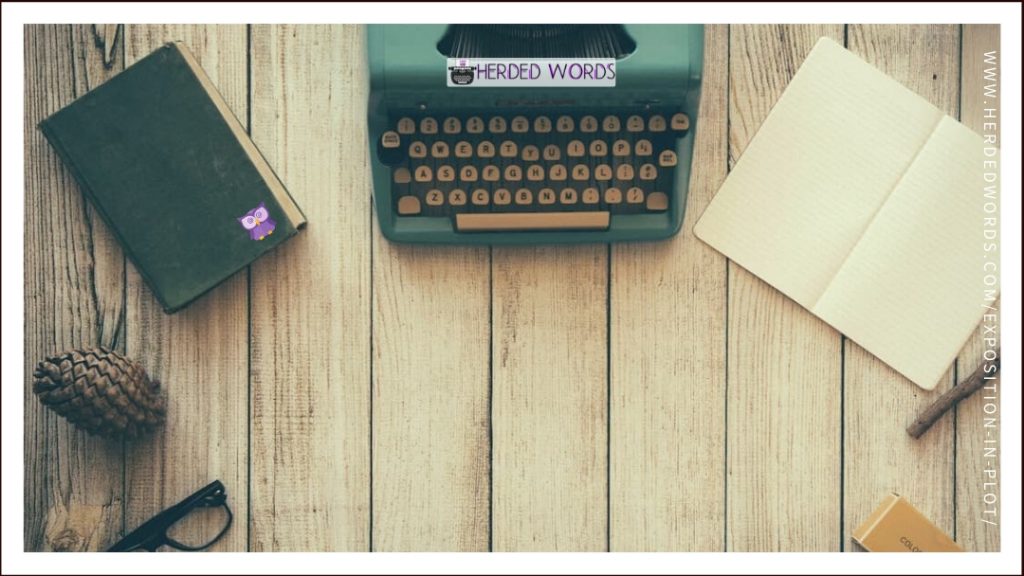
Writing Practice: Exercises & Prompts
It’s time to try things on your own. Check out the exercises and prompts below to start mastering the exposition.
Exercise: Analyze More Novels
Every genre will be a little different. Choose some of your favorite novels and some novels in the genre you want to write in (if they’re different). Analyze the exposition period of each novel.
- Is the exposition all relevant to the story? Why or why not?
- Is the exposition all necessary? Why or why not.
- Does the exposition feel natural to the scene or forced?
- Is the exposition realistic?
- How much exposition is explicit?
- How much exposition is inferred?
- Was there ever a time you were confused?
- Make a note of any exposition you think should be removed or added.
Exercise: Analyze LITTLE RED
Answer the questions from exercise one for the story LITTLE RED-CAP.
Exercise: Adapt LITTLE RED
Now that you understand the exposition of RED, it’s time to adapt it. What if the story started somewhere else?
Your task: Write a new exposition of at least 400 words. Imagine that Red is leaving school and heading to her grandmother’s.
Prompt:
Unbeknownst to the adults involved, the Girl Guides have been embezzling their cookie money to invest in bacon band-aids.
Your Task: Write an exposition scene of at least 400 words.
Prepare for the Story
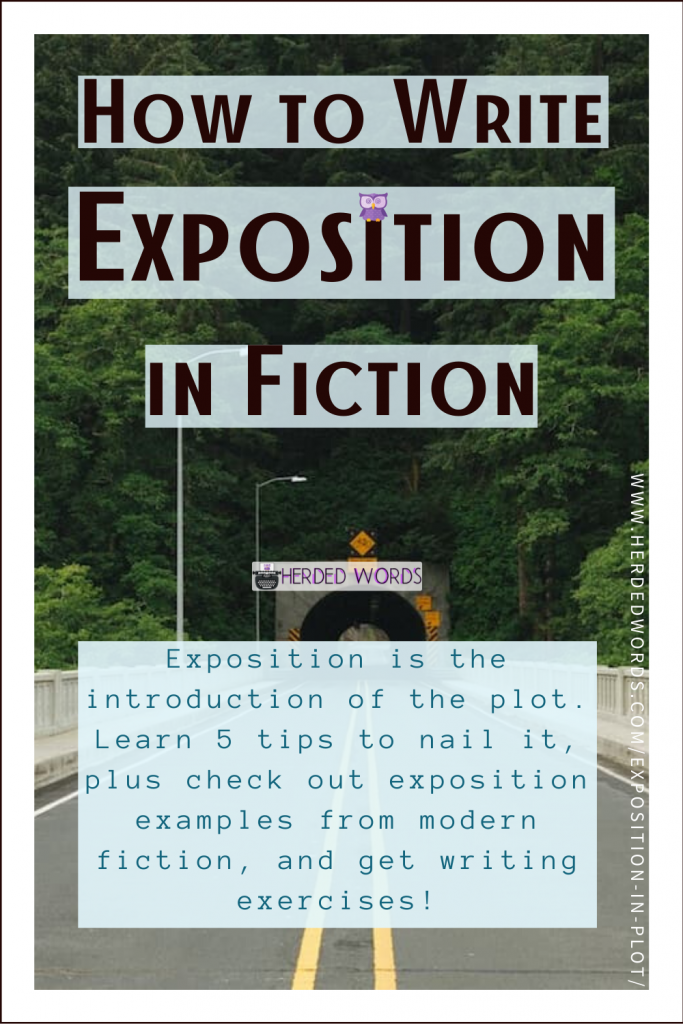
Exposition is all about preparing your reader for the story world.
Make sure to follow the five tips in this post to write amazing exposition. Good luck – not that you’ll need it.
After the exposition comes the inciting incident. Check out How to Write an Inciting Incident next!
Like this post? Please PIN IT and follow me on social media. Thanks!
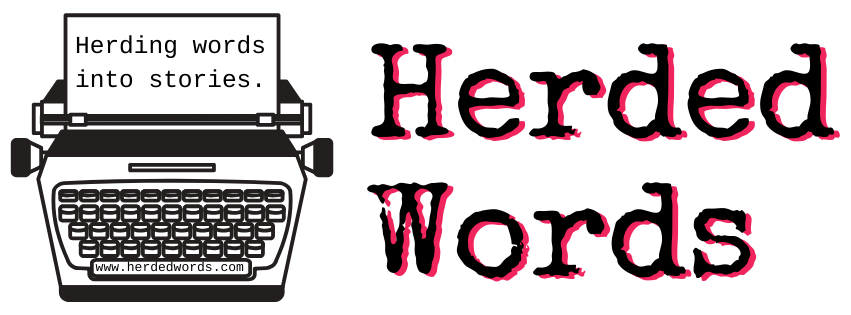
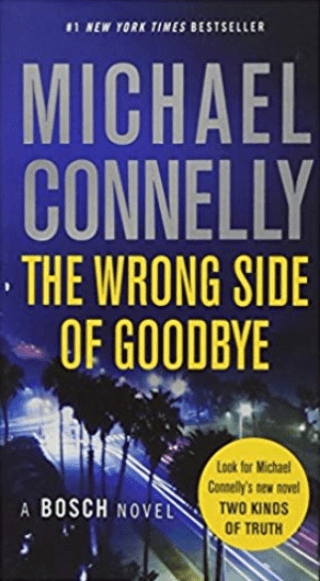
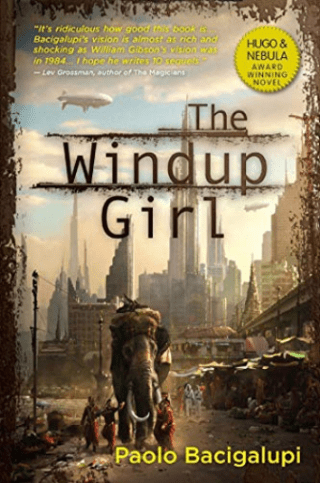

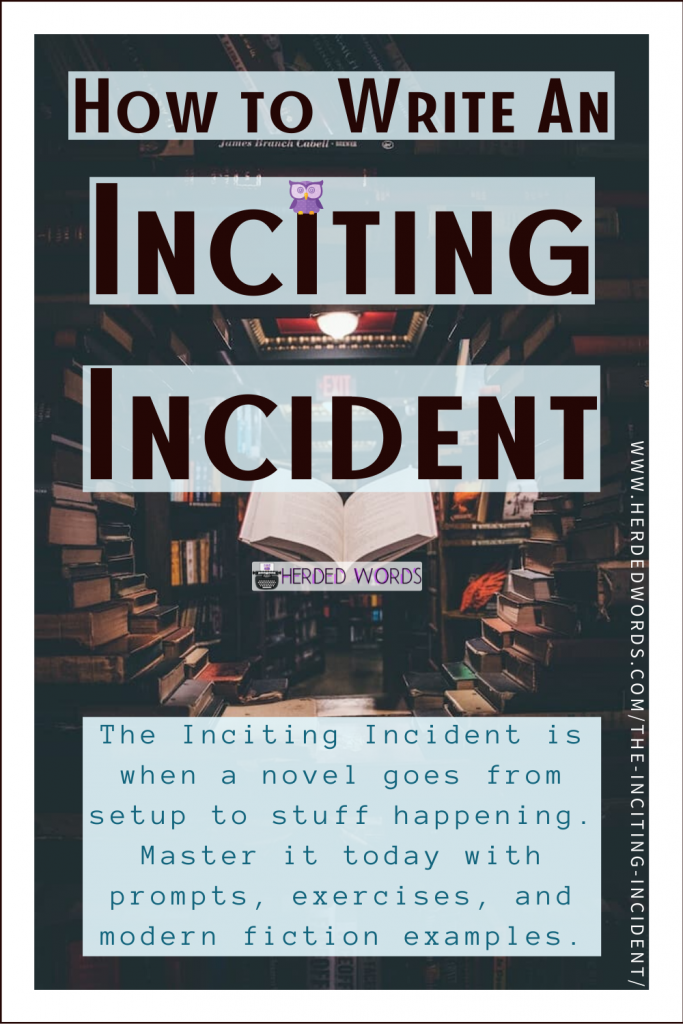






Trackbacks/Pingbacks